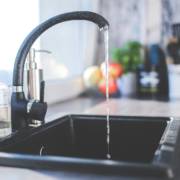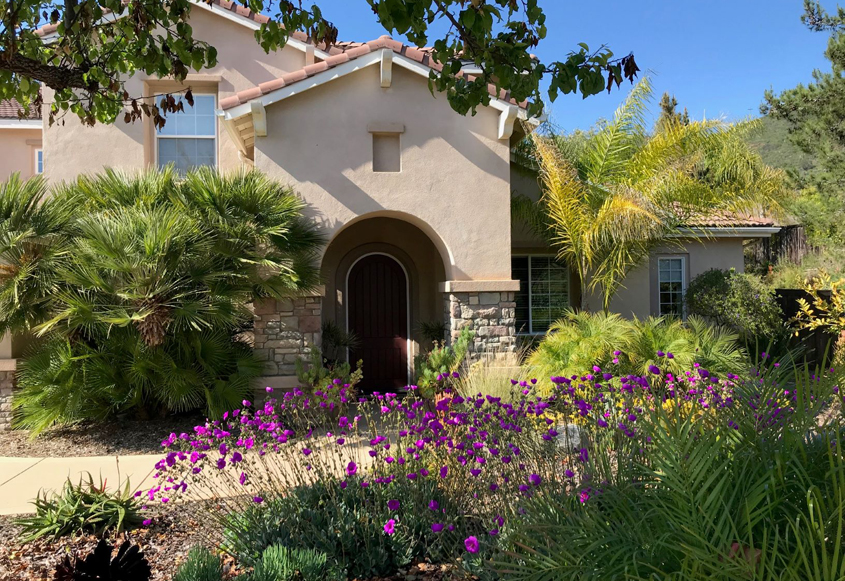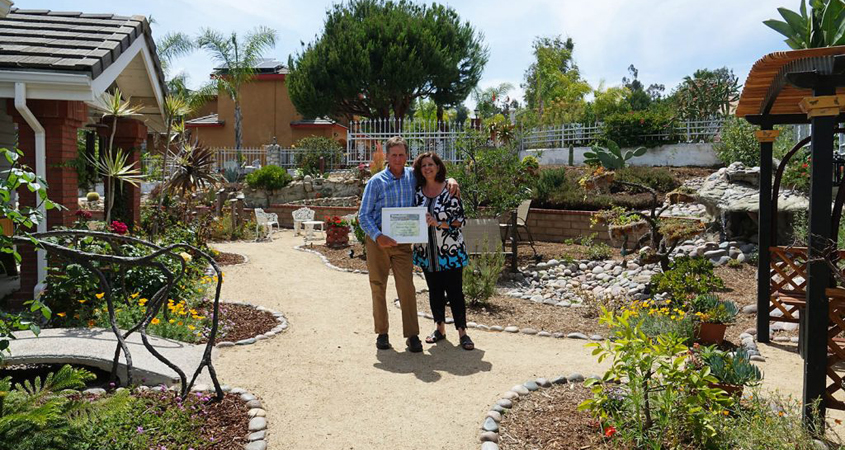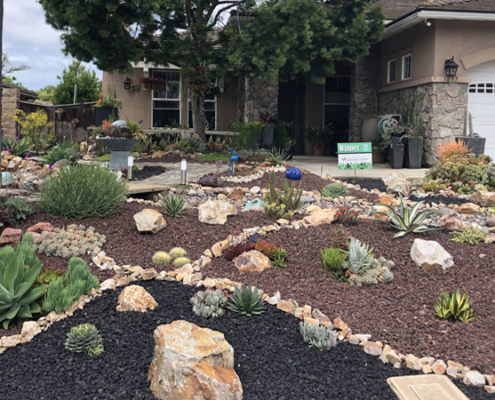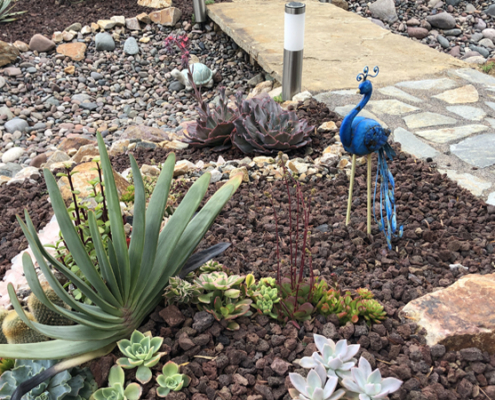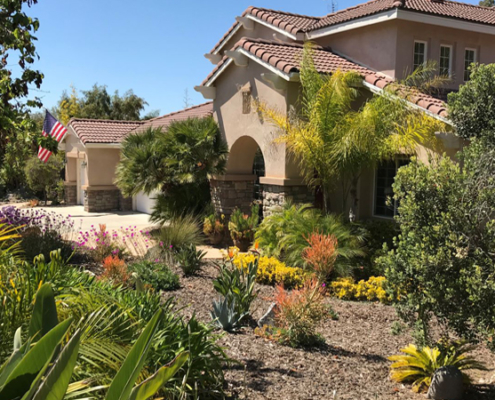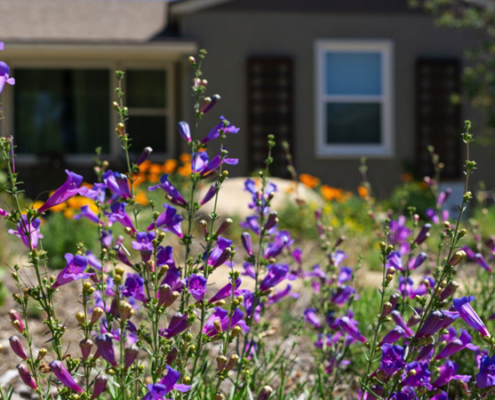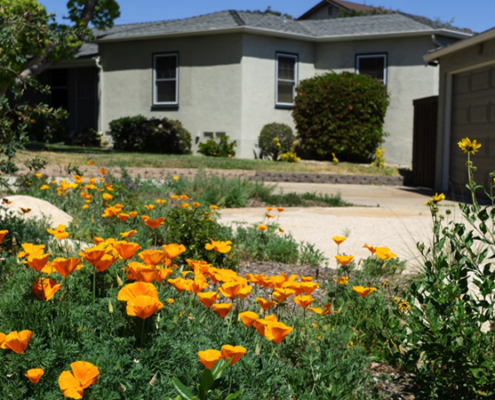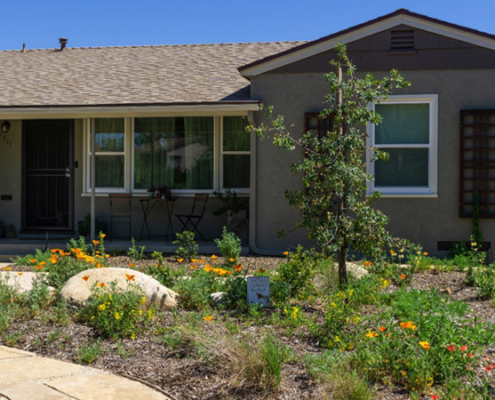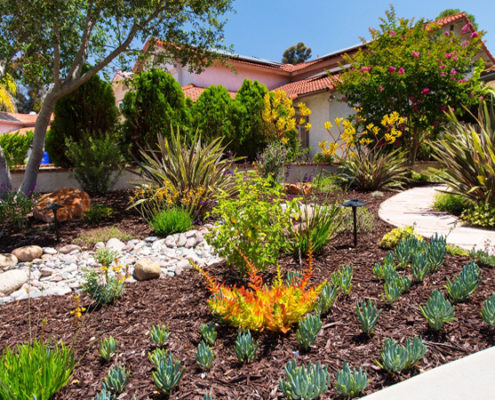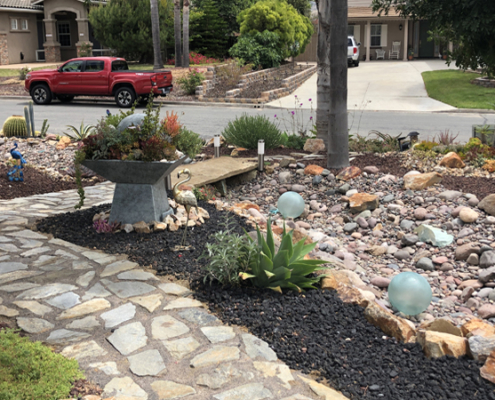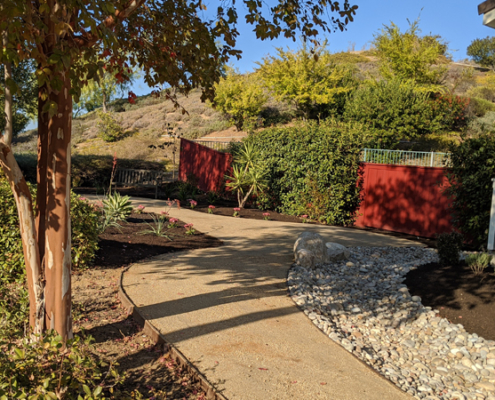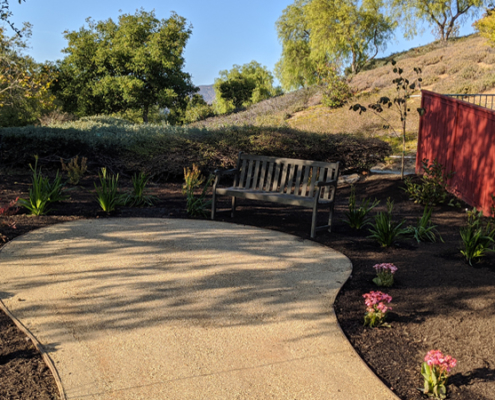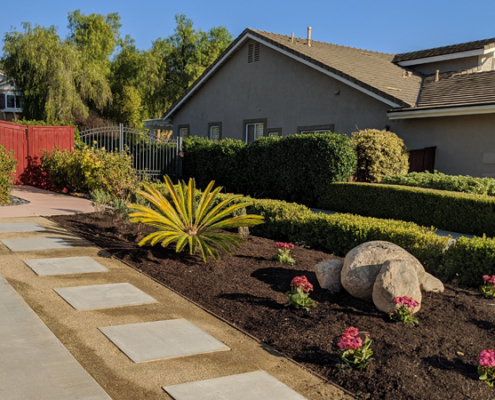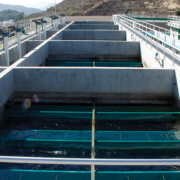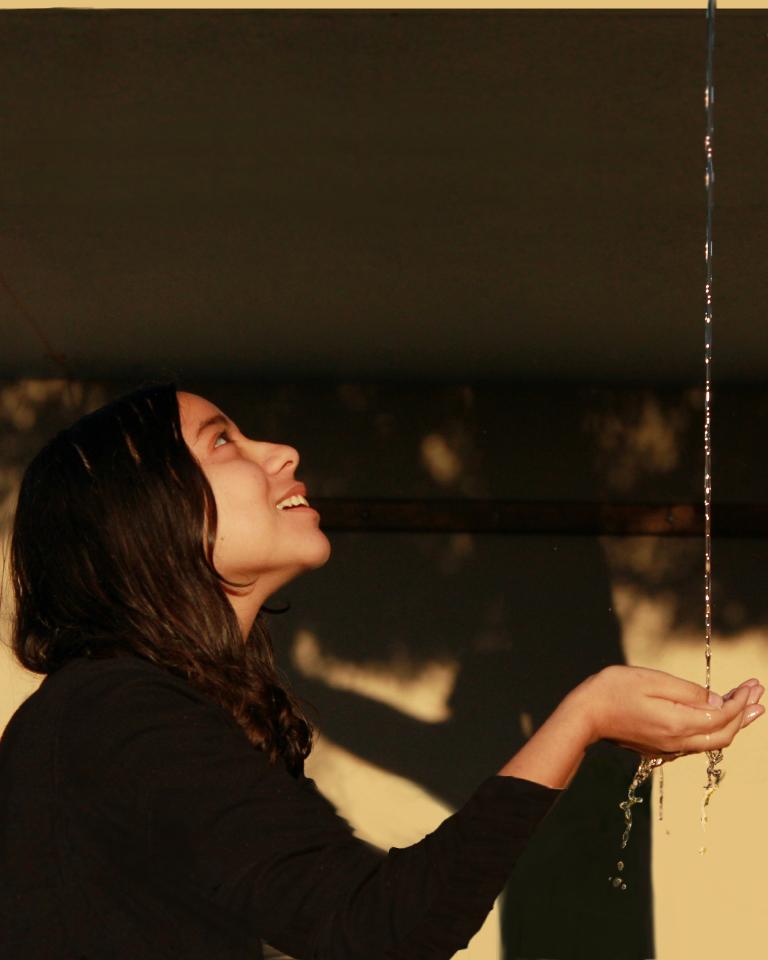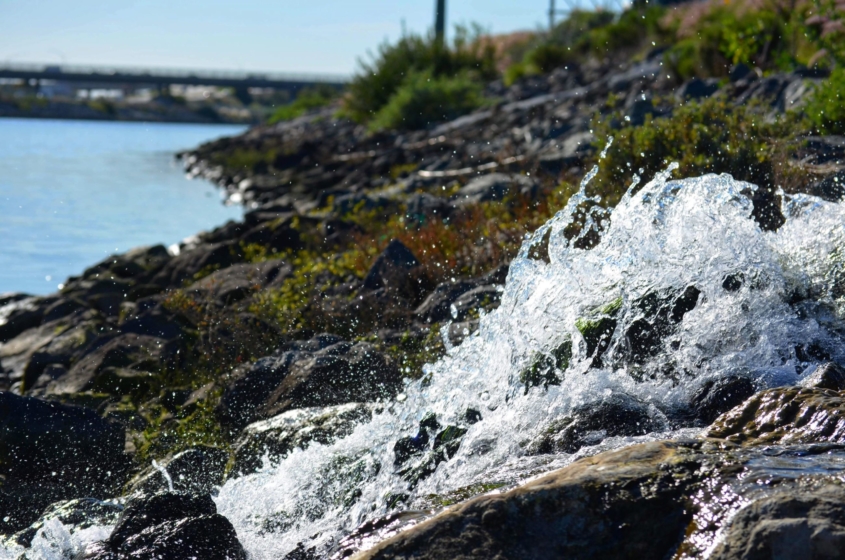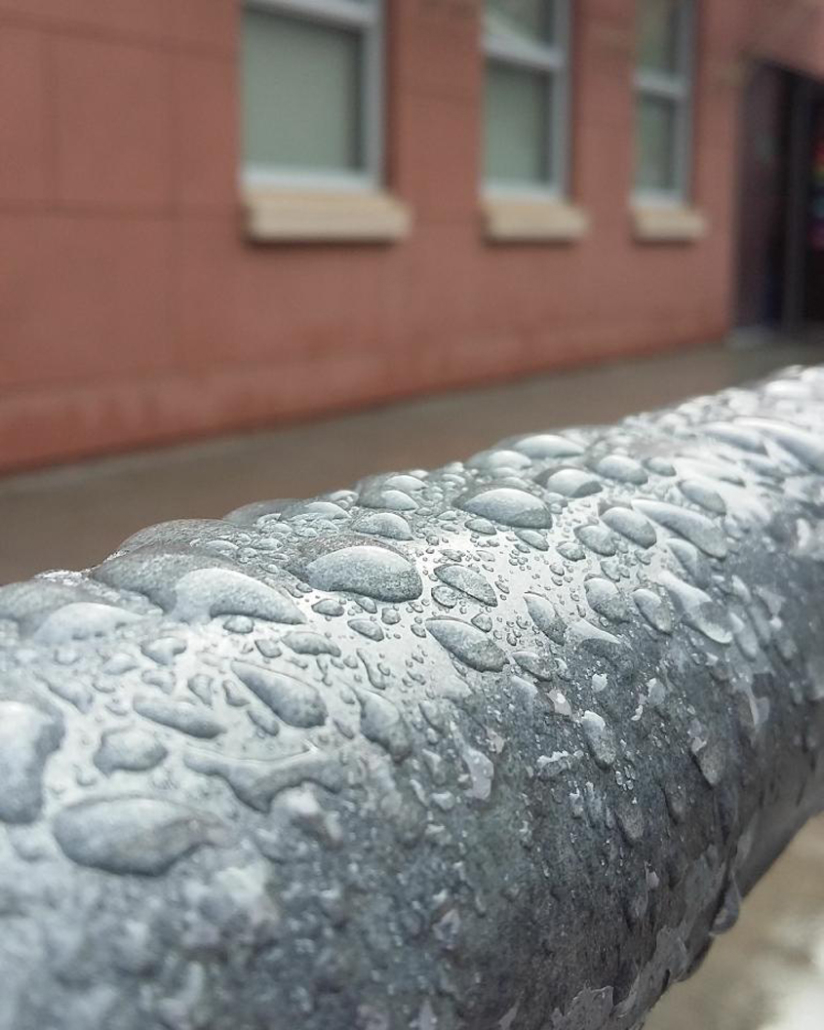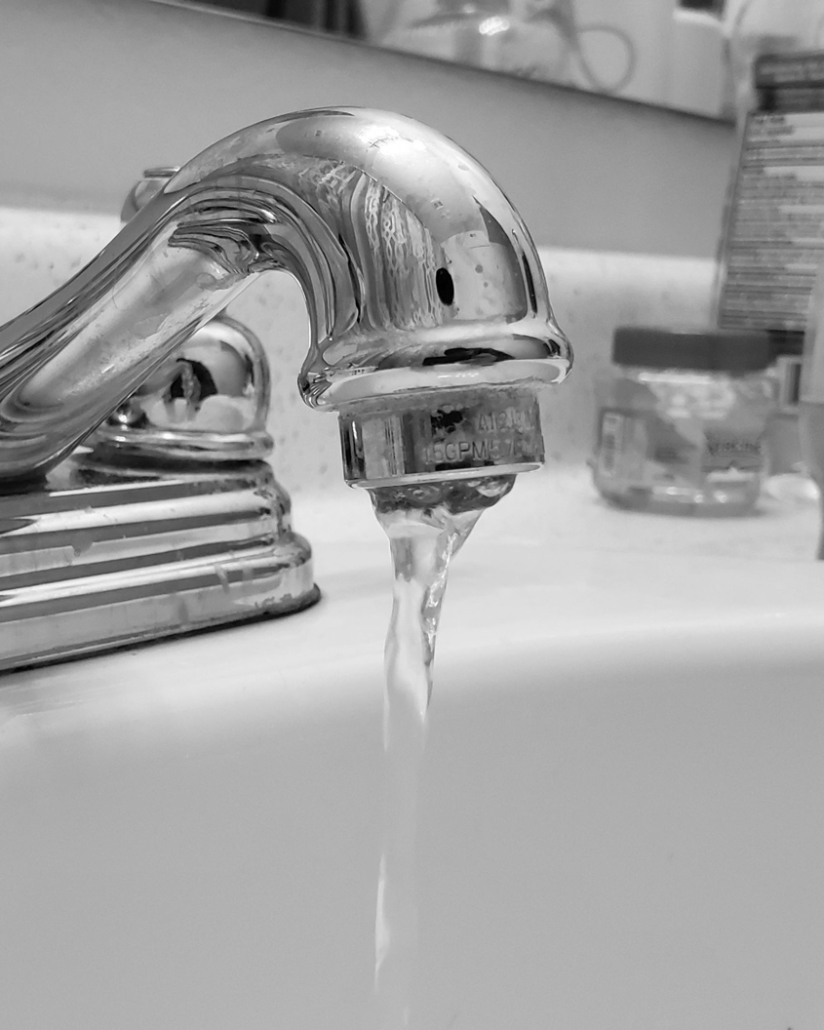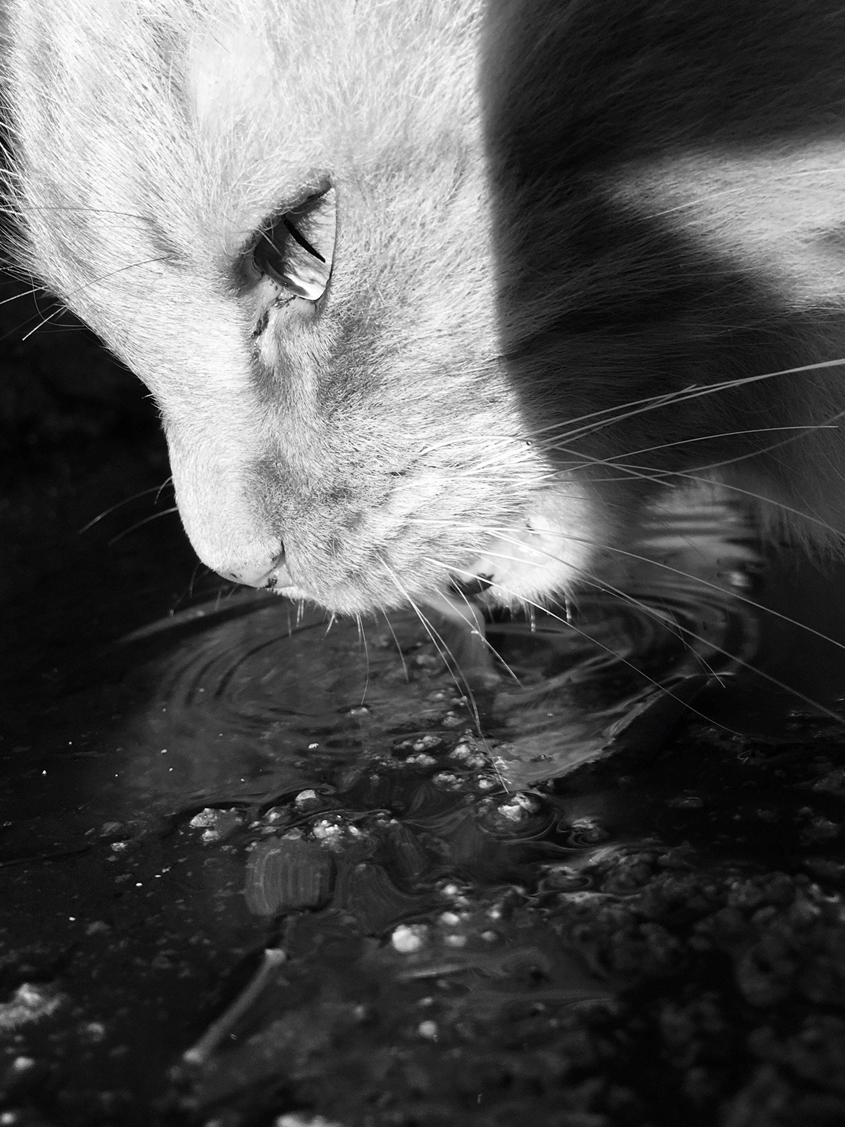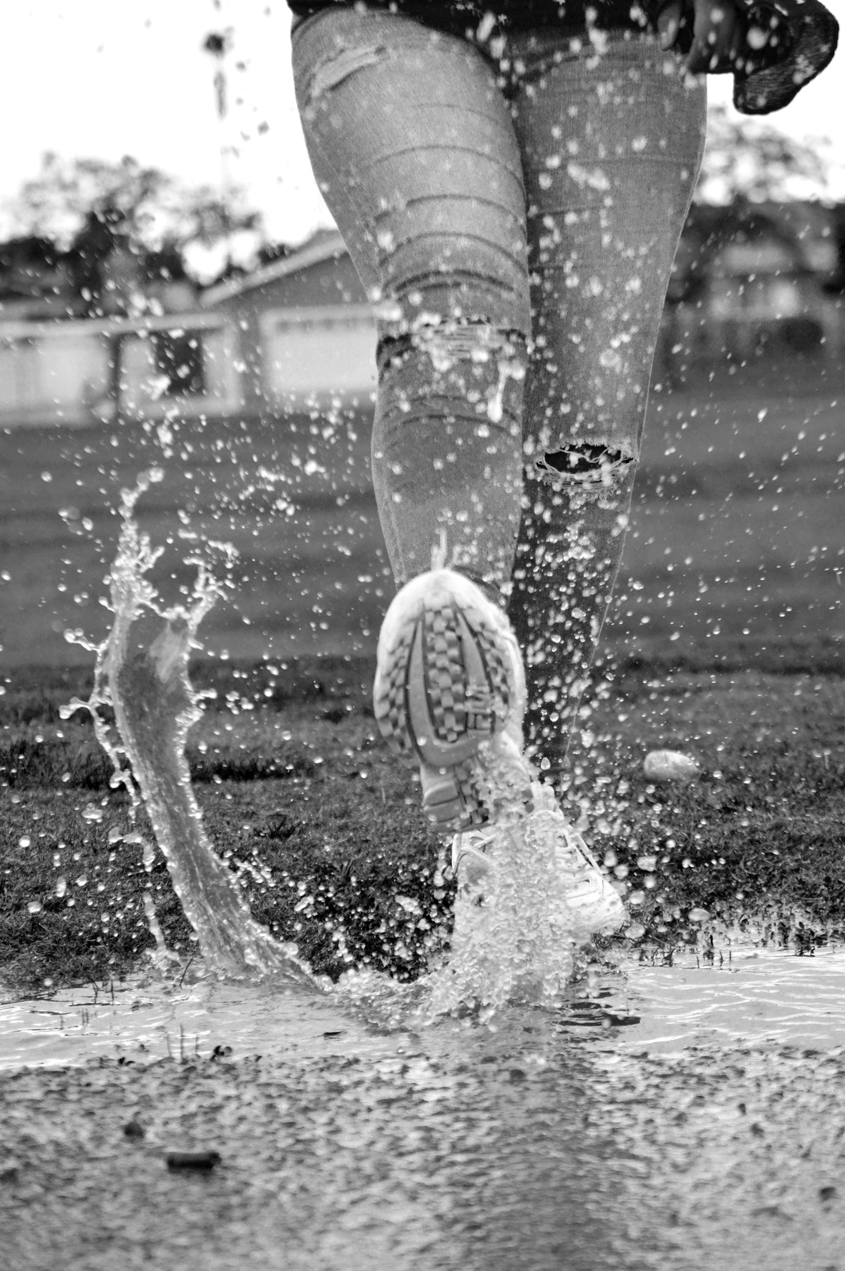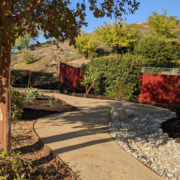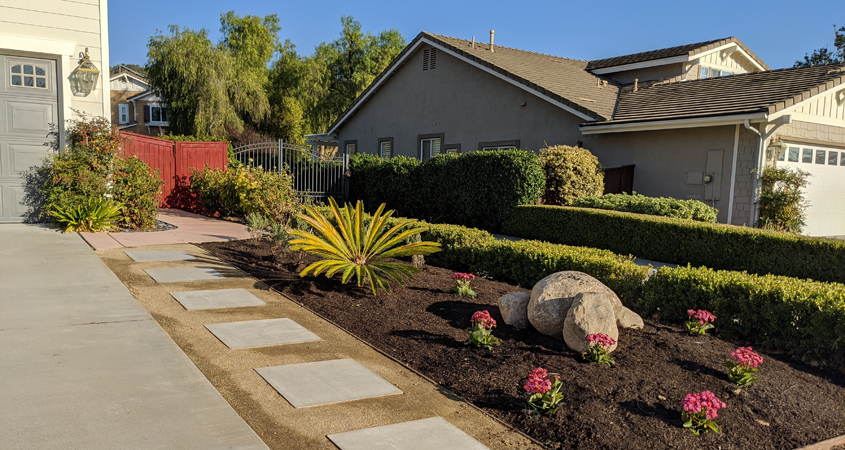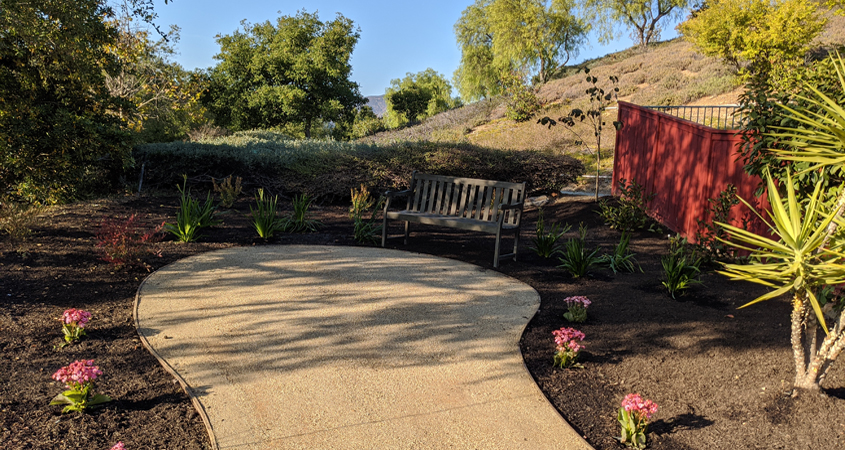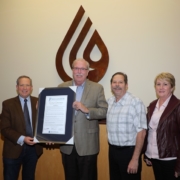Opinion: Your Tap is the Safest Source of Water During this Pandemic
As we Americans face these unprecedented times, many are rushing to the store to stock up on bottled water and other supplies. At Helix Water District, we want to remind you that your tap water is still safe and reliable.
While it’s always advisable to have a reasonable amount of emergency water on hand, the coronavirus outbreak is not a situation that will require a stockpile of bottled water. You will still have access to safe, clean water from your tap, as always.
There is no evidence that COVID-19 is transmitted through tap water. The illness primarily transfers from person to person through respiratory droplets produced when an infected person coughs or sneezes.
Tap water is safe, reliable
At Helix Water District, we work diligently 24 hours a day, 7 days a week to ensure your tap water is safe to drink, meeting all state and federal quality regulations. We collect and analyze 200 water samples a day to ensure our treatment process is effective. Our water treatment process includes disinfecting the water with ozone to chemically deactivate and physically remove viruses, bacteria and other organisms.
We also work around the clock to ensure water reaches your home. Such an operation requires an immense system and continuous upkeep. That is why the district prioritizes preventive maintenance and scheduled improvements. It is also the reason that when you turn on a faucet — day or night — you don’t have to worry about whether the water will be there.
Some customers don’t realize that because Helix Water District is a public agency, it cannot make a profit. Beyond that, all Helix staff undergo thorough emergency preparedness training. We’re ready to support our community through any crisis, whether it’s a global pandemic or wildfire. We are here for you.
Even now Helix Water District employees are treating, monitoring and delivering your tap water, making sure you have water when and how you need it. We will do so throughout the duration of this emergency and beyond when things return to normal.
Helix will continue to monitor the evolving public health emergency, just as we’re sure you are, and we will update our website and social media with important information about your water delivery. In an abundance of caution, we are closed to the public and we recommend paying online or over the phone at 855-276-8053. We may have closed our lobbies, but not our operations.
At Helix Water District, we have always been committed to operational excellence and maximum efficiency. We want to make sure our customers have the safe, reliable water they need, whenever they need it, and we will do whatever we can to make that happen.

